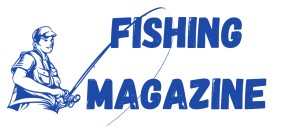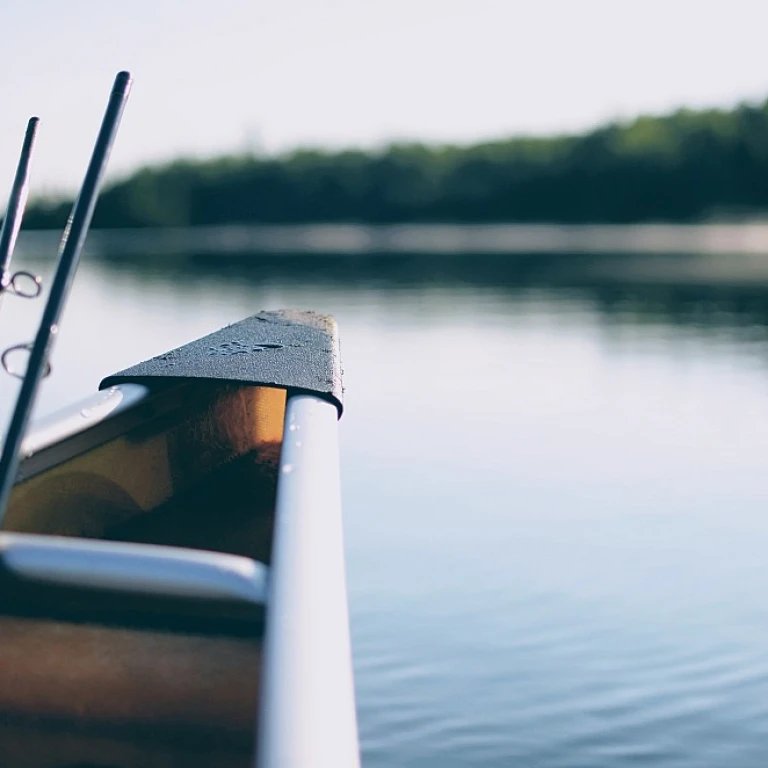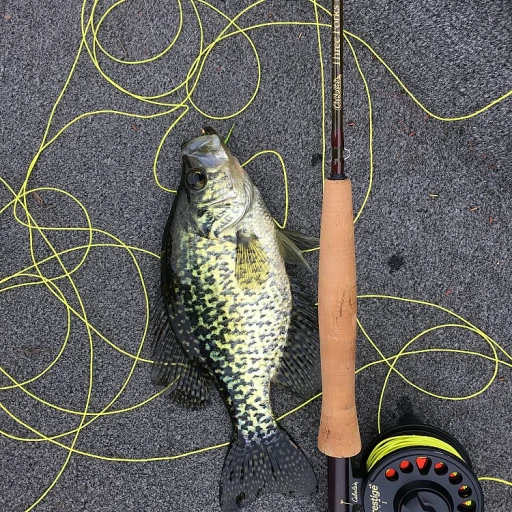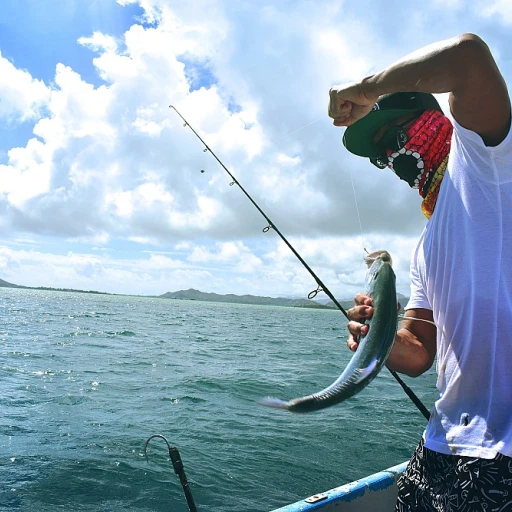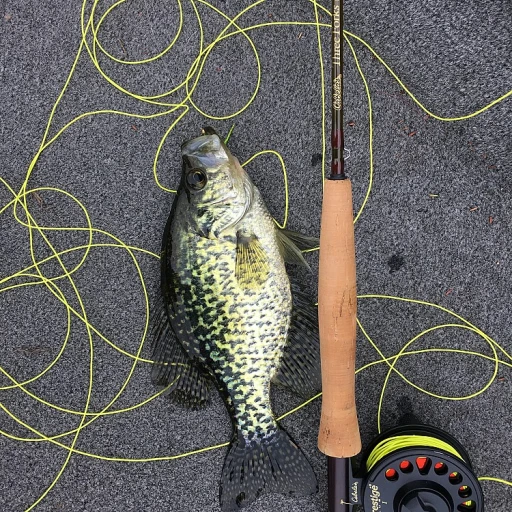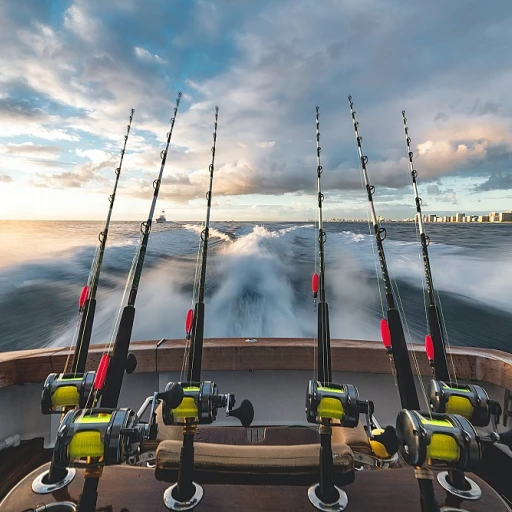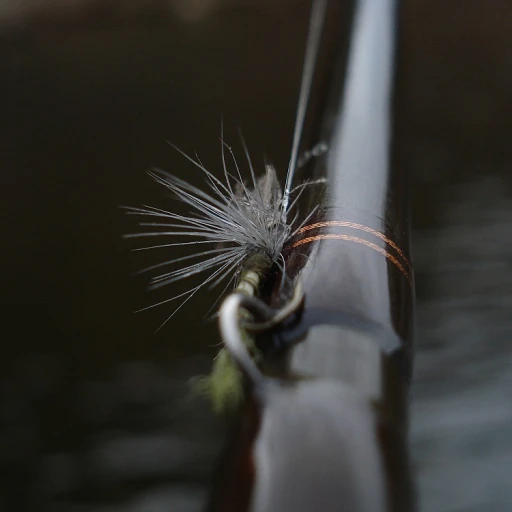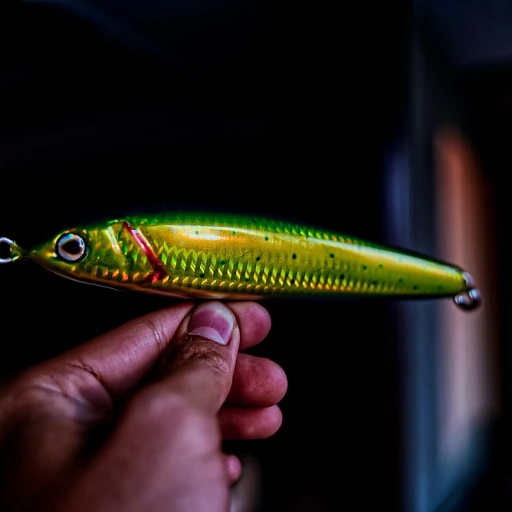
Understanding Backing in Fly Fishing
The Backbone of Your Fly Fishing Rig
In the world of fly fishing, understanding the nuances can make or break your experience, one such critical aspect being backing. Backing is the often overlooked element that sits between your fly reel and fly line. It serves as the critical extension of your fly line, facilitating longer casts and providing extra line when you hook into a determined fish.
The importance of the backing weight aligns closely with the size of the fish you aim to catch, as well as the fishing environment. For instance, hooking a spirited trout in freshwater may not demand as much backing as tackling a robust saltwater species. The capacity of your reel also dictates how much backing you can appropriately add, thus ensuring it doesn’t fill the reel excessively or reduce the space needed for the fly line itself.
When selecting backing, anglers frequently encounter options like dacron and gel spun materials. Each of these types offers distinct advantages such as differing breaking strengths and yard lengths. For beginners and seasoned anglers alike, forums general advice leans toward starting with a manageable weight of pound backing that suits broad fly fishing adventures.
If you're eager to learn more about how these intricacies play out on the water, check out our detailed guide on exploring the best flies for fly fishing in Wyoming. Developing a deeper understanding of these elements can enrich your overall fishing proficiency.
Factors Influencing Backing Weight
Key Determinants for Deciding Backing Weight in Fly Fishing
Choosing the right backing weight is critical in ensuring effective performance in fly fishing. Several factors influence how much weight your backing should have, making it a vital consideration for both freshwater fly and saltwater fly scenarios. The weight you select can significantly impact the breaking strength needed to manage diverse fish species, from trout to larger saltwater species.
Type of Fishing and Targeted Fish Species
Understanding what type of fishing you plan to do is perhaps the most critical factor. Freshwater fly fishing typically requires lighter backing, often ranging between 20 to 30 pound backing for species like trout. In contrast, saltwater fishing might demand up to 50 pound backing due to the higher strength and size of the targeted fish.
Reel Size and Capacity
Your fly reel and its capacity play a crucial role. Larger reels can accommodate more backing yards, which is essential for long-running fish. Ensure that when you fill your reel, it can comfortably hold the desired weight of the backing without compromising the functionality of your fly lines.
Fishing Environment
The fishing environment—whether it be rivers, lakes, or saltwater—can further influence your choice. Consider whether your fishing conditions involve open water or confined spaces; such environmental factors may dictate whether you need additional backing to handle long runs.
Material Choice and Breaking Strength
Consider the material of your backing, such as dacron backing or gel spun alternatives. Dacron offers a reliable balance between strength and stretch, generally in 20-pound to 30-pound range, making it popular in forums general. Meanwhile, gel spun options provide higher strength at thinner diameters, ideal for weight forward and weight taper setups.
Balanced Configuration
Harmonizing your fly rod, reel backing, and fly fishing setup is vital. A well-matched system can prevent failures at critical moments when dealing with fighting fish. Consult various fishing forums or click through from reliable sources like this exploring new fishing technologies article to gain insights into fine-tuning your fly reel and backing weight for optimal outcomes.
Types of Backing Materials
Exploring Backing Materials
When it comes to backing material for fly fishing, there are a few popular choices that stand out, each with its unique attributes. Selecting the right type can significantly affect your overall fishing experience, particularly when you're trying to match the backing weight with your fly line and reel. First on the list is dacron backing. Known for its durability and moderate stretch, it's commonly used in various fly lines, especially when targeting fish like trout. Dacron often comes in strengths ranging from 20 to 30 pounds and is appreciated for its reliable breaking strength. Many fishing forums praise it as a general fly fishing staple, perfect for freshwater fly adventures. Another option is gel spun backing, which offers high strength and minimal diameter. This synthetic choice is ideal for situations requiring more capacity, enabling you to fill a reel with more yards of backing without taking up too much arbor space. It provides the advantage of lower weight while ensuring you have enough strength for larger saltwater species. Additionally, braided materials are worth considering if you need to maximize the yards of backing. Although less conventional, they can serve well in specific scenarios where achieving the ultimate balance between reel and fly rod is crucial. Determining which backing material to choose will also depend on what kind of fishing you plan to do. Freshwater anglers might find dacron backing more suitable due to its availability and ease of use, while saltwater enthusiasts may favor the properties of gel spun. As you ponder your options, remember that choosing the perfect ice fishing rod case for your needs can also influence your overall gear decisions, as different environments often necessitate varying equipment configurations.Matching Backing Weight with Fly Line and Reel
Finding the Perfect Match for Your Equipment
To truly excel in fly fishing, particularly when chasing after trout in freshwater or larger species in saltwater, it's essential to effectively pair the backing weight with your fly line and reel. The alignment of these components contributes significantly to the overall performance of your setup. Here’s how to make the ideal match:
- Start with the Reel: Begin by assessing the capacity of your fly reel. Reels are typically categorized by the weight they can handle and their yard capacity when filled with a specific type of backing. For instance, a reel that accommodates 100 yards of 20-pound dacron backing might be suitable for general fly pursuits like trout fishing. Always check the reel's specifications before proceeding.
- Consider Fly Line Specifications: Determine the fly line's weight, which influences the amount of backing you require. Fly lines include variations such as weight forward and weight taper designs that affect casting performance. Your backing must not only fit your reel but also complement the fly line's characteristics seamlessly.
- Ensure Optimal Arbor Configuration: The arbor size affects how much backing and line your reel can accommodate. A fuller arbor improves drag efficiency and line retrieval speed. Balance is key; overfilling the reel can lead to tangles, while underfilling affects performance.
- Assess the Line Strength: Match the backing's breaking strength with your fly line's capacity. For saltwater fly fishing, a heavier backing like 30-pound dacron or gel spun may be necessary due to larger fish and stronger runs, whereas 20-pound backing suffices for freshwater scenarios.
Appropriately matching backing weight with your fly reel and line ensures efficiency when conquering both the tranquil freshwater streams and the challenging saltwater expanses. Avoid these common missteps to optimize your fishing setup, ensuring every reel, loop, and line is precisely aligned for your fishing adventure.
Common Mistakes in Choosing Backing Weight
Typical Errors When Selecting Backing Weight
Choosing the right backing weight can be perplexing for many fly fishing enthusiasts. However, understanding the common pitfalls can help improve your fly fishing experience, ensuring you maximize the potential of your equipment.
1. Overlooking Pound Strength: One frequent mistake is neglecting the pound strength of the backing. This is crucial because, in the pursuit of large fish, especially in saltwater fly fishing, breaking strength is vital. It's important to choose a backing with a strength that can comfortably handle the fish species you're targeting.
2. Failing to Consider Line Capacity: Another common error is not considering how much backing your reel can accommodate. Different reels have varying arbor sizes that influence the amount of backing they can hold. Make sure you know the exact yards your reel will accommodate, whether it's dacron or gel spun, to prevent overfilling or underfilling.
3. Mismatch with Fly Line and Reel: Some anglers make the mistake of mismatching the backing weight with the fly line and reel. Compatibility is essential to maintain balance and performance. Ensure that the reel, fly line, and backing are paired correctly to optimize your setup for both freshwater fly and saltwater environments.
4. Ignoring Type of Backing Material: Not all backing materials are the same. For instance, dacron backing differs significantly from gel spun varieties which offer a thinner diameter and higher strength. Consider the type of fly fishing you plan to do when selecting the backing material that suits your needs the most.
By being aware of these common missteps, fly fishermen can make more informed decisions, thereby enhancing their fly fishing experience and increasing their chances of successful catches.
Expert Tips for Selecting Backing Weight
Mastering the Art of Choosing the Right Backing Weight
Selecting the correct backing weight for fly fishing can significantly affect your overall experience on the water. To help you make the most informed decisions, these expert tips will guide you through the process:- Consider Your Target Species: The weight of your backing should align with the type of fish you intend to catch. For instance, if you're after small trout in freshwater, a lower pound backing might suffice. However, larger saltwater species will demand a higher strength backing to withstand their powerful runs.
- Evaluate the Capacity of Your Fly Reel: Ensure that the backing does not overfill the reel to maintain optimal performance. The reel's arbor should comfortably accommodate both the backing and your fly line, allowing for a smooth cast and retrieve.
- Choose the Right Material: Different backing materials provide different benefits. Dacron is a reliable choice offering consistent weight and durability, while gel spun options offer higher breaking strength for the same diameter.
- Lens on Yards and Pounds: Pay attention to the yards of backing your reel can hold and the pound test it can handle. Properly matching the two based on your planned fishing scenario ensures you can face any run a fish makes without fear of reaching the limit of your reel's capacity.
- Weight Forward and Taper Considerations: Align your backing with the fly lines, especially if using weight forward or weight taper lines. This alignment will greatly influence how effectively you can use your fly rod.
